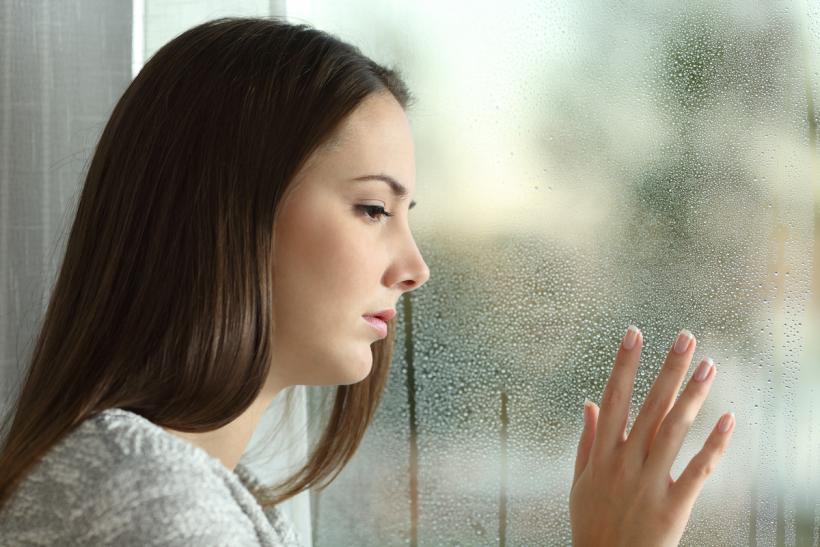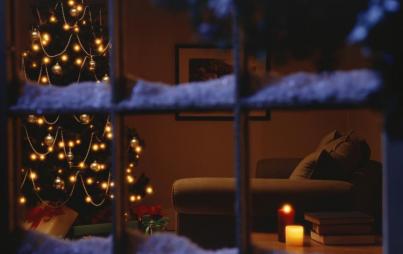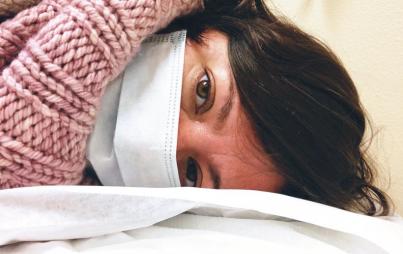
Every year, it’s like we’re all shocked about just how early it can get dark, wondering where the sun went as if we’ve never gone through winter before.
You don’t need to be diagnosed with Seasonal Affective Disorder to experience the negative effects of the colder, darker days. Every year, it’s like we’re all shocked about just how early it can get dark, wondering where the sun went as if we’ve never gone through winter before.
To ease into this time of year and not get wiped out by the crueler side of Mother Nature, here are a few tactics to try.
1. Get as much of that fickle sun as you can.
Open all the curtains during the day or plant your desk by a window at the office if possible. Get up earlier to squeeze out every bit of sunlight available to you (and be more productive to boot). Even small changes in natural light exposure can give you a real boost.
2. Take vitamins or supplements that include Vitamin D.
This is to compensate for what the sun typically provides. Snag your children’s gummy vitamins or that mysterious “Vitamin D milk” in the school cafeteria if you have to. Just make sure you don’t overdo it, as you can actually overdose on vitamins when taking this tip to the extreme.
3. You know the healthy habit drill. Get enough exercise, sleep, nutrients, etc.
There’s a reason this feels like a played-out point: it works. And don’t forget to include relaxation in this list. It’s an often forgotten, but equally necessary, element to this regimen, since stress can annihilate any progress you’ve made all too easily.
4. Lean into it. Bundle up and get outside anyway.
Once you’re out there, you get used to it, but getting yourself out there can be the hardest part. Don’t let it stop you just because it feels challenging. Develop wintertime interests like ice skating, skiing, snowboarding, throwing snowballs at angsty neighbors, whatever helps incentivize you.
5. Plug it in already.
Light therapy is an option for those on the more severe end of the seasonal spectrum. You can find specialized light bulbs, battery-powered visors, light therapy boxes, even dawn simulator lamps that mimic the sunrise. Just ask your doctor before you get strung out on electricity.
6. Pack your suitcase.
Sure, you can default to the basic beach vacation in the dead heat of summer, or you can plan a mid-winter getaway to lift those darkness doldrums. Travel somewhere preferably warmer and with more opportunities for sunlight of course, but ultimately decide on a place you know will improve your mood, no matter what that looks like.
7. Smell the solution.
For the more granola folks among us, try aromatherapy. Whether it’s targeted essential oils direct from a hippie or a bunch of incredible candles you found at Target, pleasant smells are a legit mood lifter and shouldn’t be dismissed without a thought. If this interests you, do some research and form your own opinions, just try not to be too judgy either way.
We all feel the weight of the change in seasons, but if it seems to be completely knocking you out, you might want to make sure you don’t have official SAD by scheduling a doctor’s appointment. People who actually have SAD can’t think clearly, feel impaired at work, and don’t sleep much, if at all. It’s serious business, so using the term flippantly around sufferers may not be the best move.
Become a snowbird with the elderly or finally make that move to Mexico, but these pointers should at least put a dent in the low moods typically associated with the months that end in “ber.” Hmm, come to think of it, that sounds an awful lot like “Brr!” to me...








